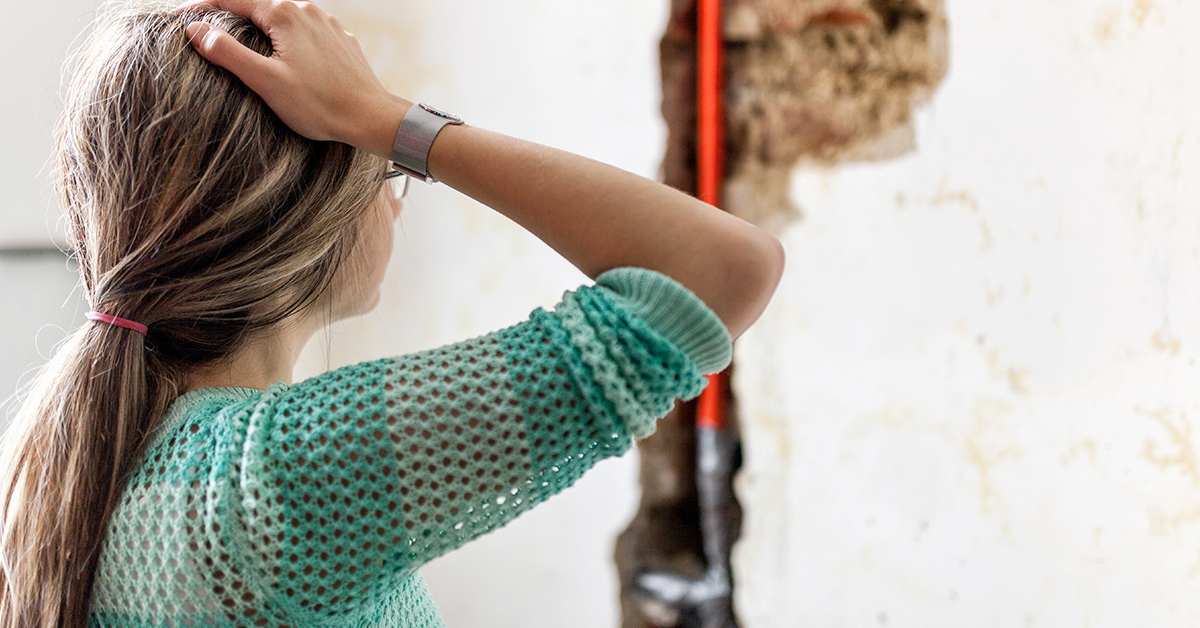Protect your pipes from the deep freeze
Protect your pipes from the deep freeze

With the thermometer dropping due to cold winter weather, pipes are at risk of freezing due to sudden temperature drops, poor insulation, or incorrect thermostat settings.
AAA Western and Central New York offers suggestions that can help prevent your pipes from freezing and bursting, which can cause significant damage and expense.
“Freezing temperatures put your pipes at risk, and recovery can be difficult and costly,” said Stacey McConnell, vice president of insurance with AAA Western and Central New York. “Copper, iron and plastic pipes can burst. A crack as small as 1/8-inch can spew up to 250 gallons of water per day, causing flooding, serious structural damage, and the potential for mold.”
Preventing frozen pipes
- Make sure everyone in your family knows where the water shut-off valve is and how it works.
- Insulate pipes in your home's crawl spaces and attic, even if you live in an area where freezing temperatures are unlikely.
- Seal gaps around pipes that allow cold air inside. You also should look for air leaks around electrical wiring, clothes dryer vents and pipes. Use caulk or insulation to keep the cold out.
- Disconnect garden hoses. If possible, use an indoor valve to shut off and drain water from pipes leading to outside faucets. This reduces the chance that pipes inside the house will freeze.
- If a freeze is expected, consider allowing warm water to drip slightly overnight, preferably from a faucet on an outside wall. Even a slight trickle may keep your pipes from freezing.
- When there is the possibility of a freeze, don’t turn down the thermostat at bedtime. Instead, maintain the same setting day and night. Drops in temperature, which are more common overnight, could freeze your pipes.
- Open cabinet doors. This will allow heat to reach uninsulated pipes located under sinks.
- If you’re going on vacation or leaving your home for an extended period of time, consider maintaining minimal heat to prevent freezing.
Recovering from frozen pipes
- If you turn on your faucets and nothing comes out, your pipes are likely frozen.
- You may be able to use a hair dryer to thaw a frozen pipe. Begin by warming the section of pipe closest to the faucet, then work your way out toward the coldest part of the pipe.
- Never use a hair dryer or any electrical appliances in areas of standing water. You could be electrocuted.
- Never try to thaw a pipe with a torch or other open flame. It could cause a fire.
- If your water pipes have already burst, turn off the water at the main shutoff valve in the house, leave the water faucets turned on, and call a plumber.
“Prevention is the key to protecting your home this winter. A few simple steps can help you avoid a frozen pipes nightmare,” said McConnell. “For added peace of mind, it’s a good idea to make sure you have adequate homeowners insurance.”
Is your home insurance meeting your needs? AAA's local insurance agents can find the right insurance for you and your home.












